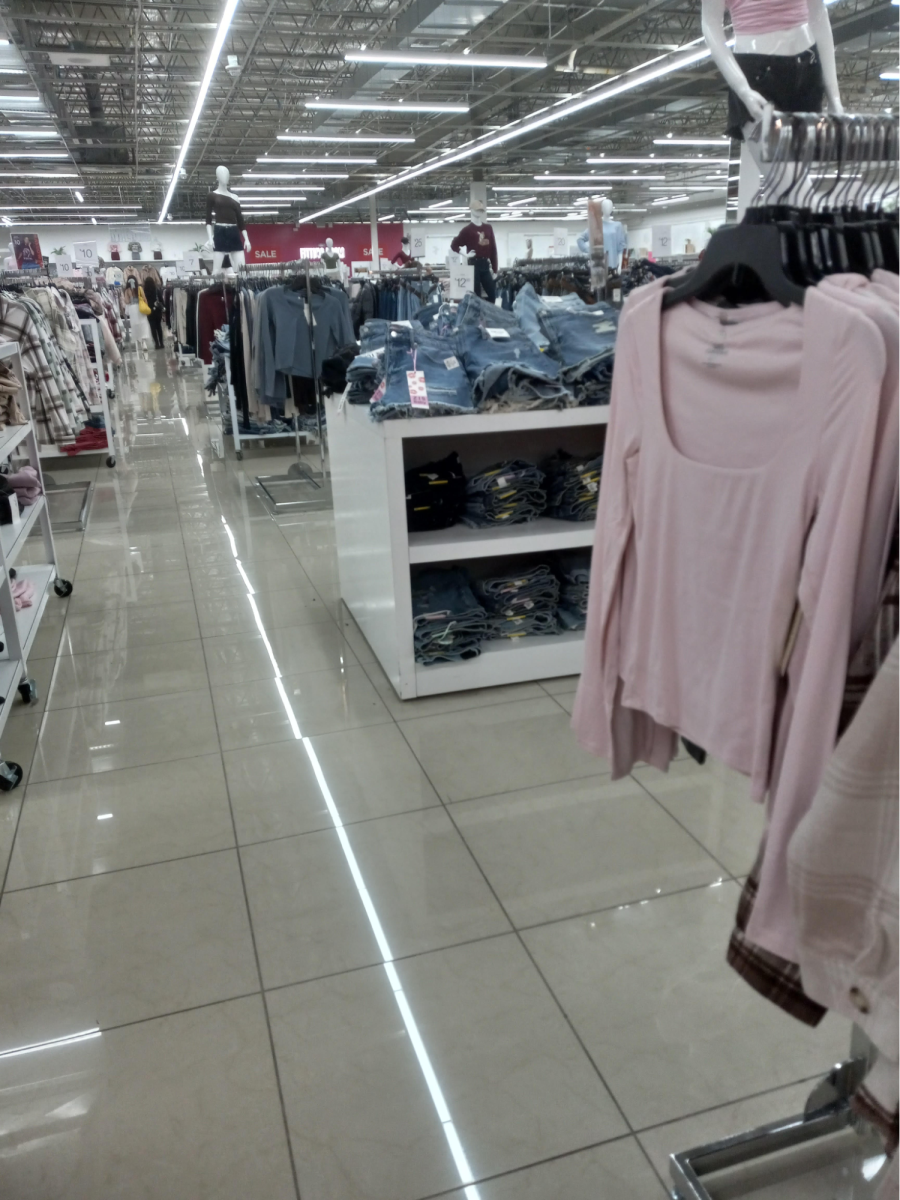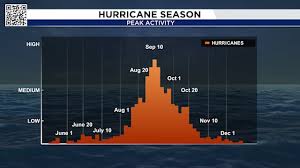Have you ever bought a trendy shirt for just a few dollars, only to realize it didn’t last more than a few wears? That’s the reality of fast fashion. Fast fashion is fashion that is designed and manufactured quickly, while endlessly offering new trends at cheap prices. These productions often mimic popular styles of fashion labels, big-name brands, and independent designers. Fast fashion brands such as Shein, Zara, and H&M encourage consumers to continually buy more clothing. Fast fashion makes it easy to stay stylish without spending much, but it also creates big problems for the environment, factory workers, and how we think about clothing.
Starting with pollution, the fast fashion industry is a major source of global carbon emissions. According to an analysis by Business Insider, fashion production comprises 10% of total global carbon emissions, as much as the emissions generated by the European Union. These emissions create waste, and when discarded, fast fashion items end up in landfills. The production of new pieces to replace them further increases carbon emissions, and decomposing textiles releases methane, a potent greenhouse gas. “The production of these materials uses a lot of resources, and it really does become a big waste of clothes over time.” – Jade Davis, Freshman.
Fast fashion also uses massive amounts of water and energy. The fashion industry is responsible for 20% of global wastewater, making it the second largest water polluter after agriculture. The toxic chemicals and dyes in the production of textiles are emitted directly into rivers and waterways. Furthermore, cotton, which is used in a large amount of fast fashion products, is also not environmentally friendly to manufacture. Pesticides deemed necessary for the growth of cotton present health risks to farmers.
When it boils down to social issues, one of the biggest problems that fast fashion faces is its low quality. These clothes are made quickly and cheaply. As a result, the materials and construction are often imperfect. To keep the prices low, fast fashion brands often use inexpensive fibers like polyester, acrylic, and nylon, which are less durable than natural fibers. Additionally, even though the prices may seem cost-effective, the short lifespan means consumers spend more money over time by having to repeatedly replace their clothes. “When I hear the word ‘fast fashion,’ I think it’s like fast food, fast production, simple, cheap, and of lower quality.” – Luana Banda, Freshman.
Fast fashion might make it easy to grab the latest trends without spending much, but it comes with a hidden price. The clothes wear out quickly, and the planet is suffering from pollution and waste. Thinking twice before buying or choosing better-quality pieces can help break the cycle. It’s time to slow down, shop smarter, and buy clothes that truly last.








![[Photograph of an Italian sandwich] Photo Creds: https://www.thepioneerwoman.com/food-cooking/recipes/a42398453/italian-sandwich-recipe/](https://cghstheprowl.com/wp-content/uploads/2025/10/image1.png)












































